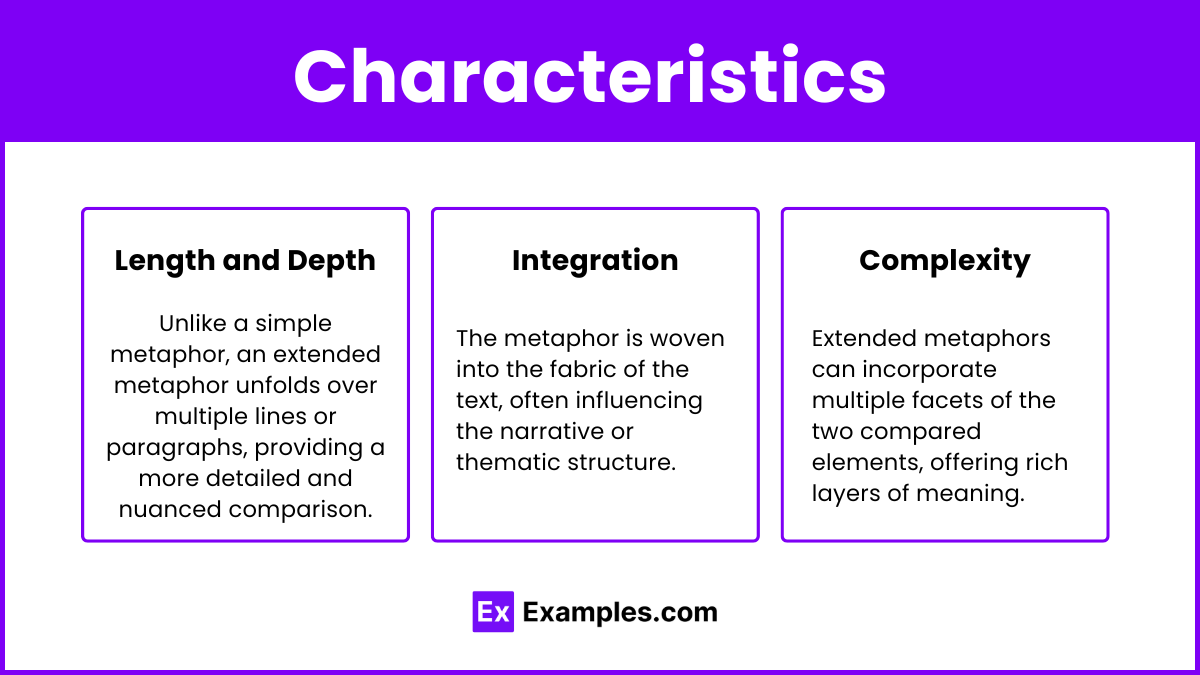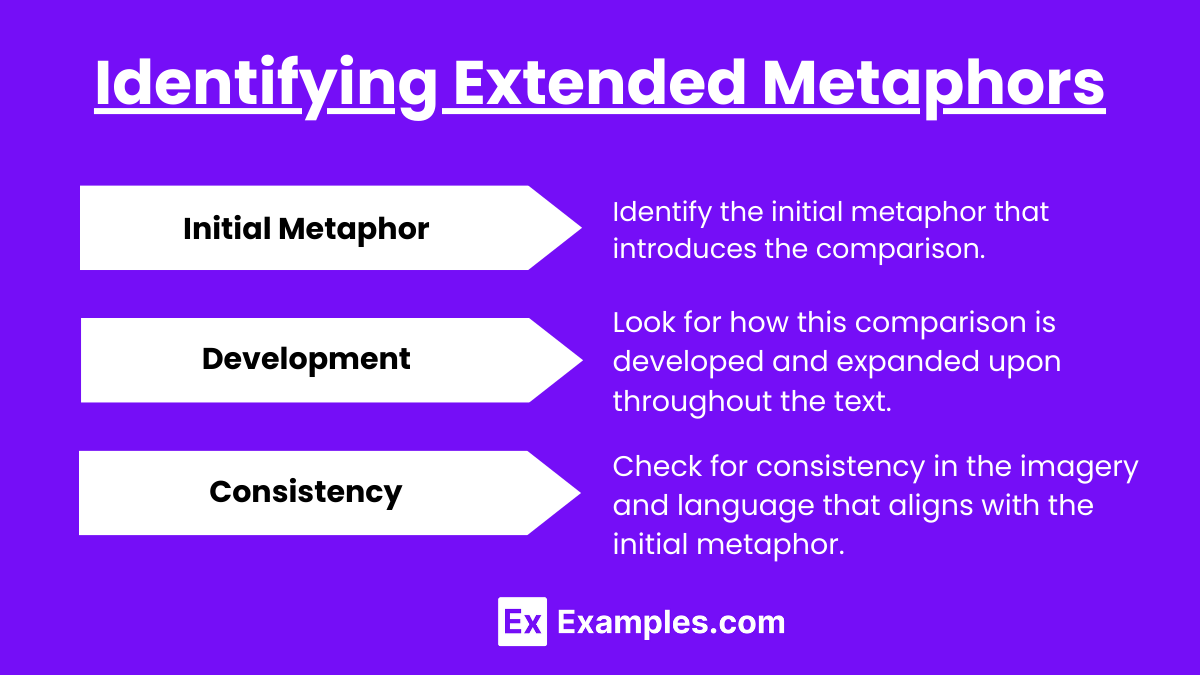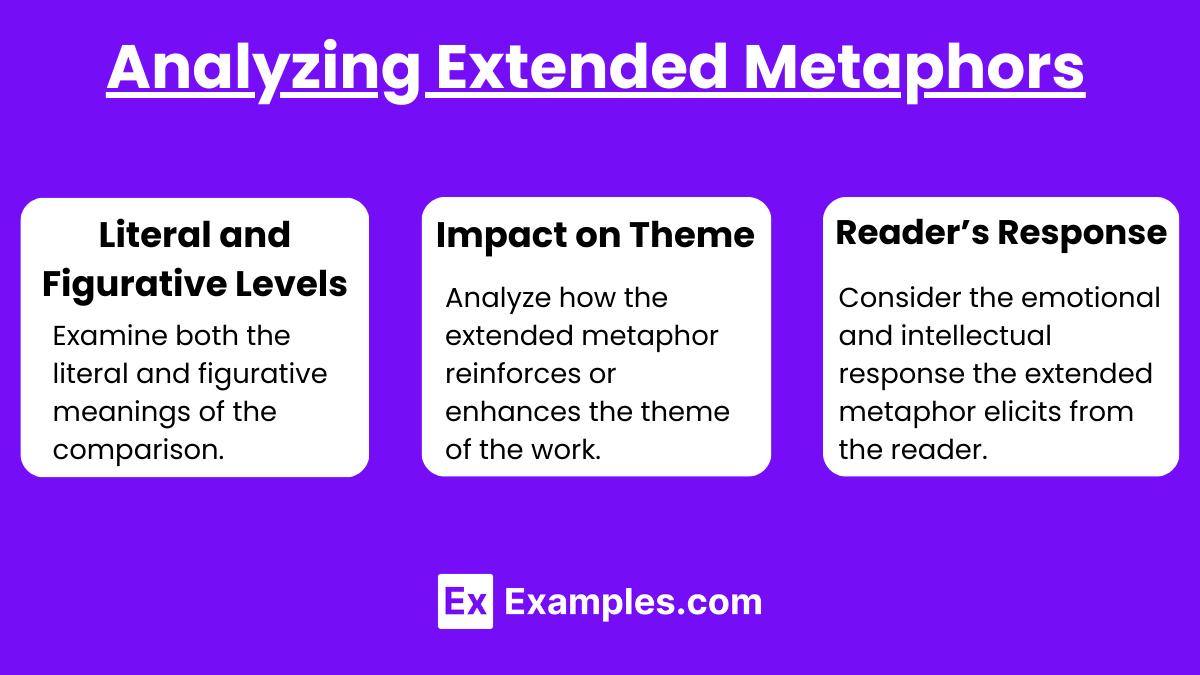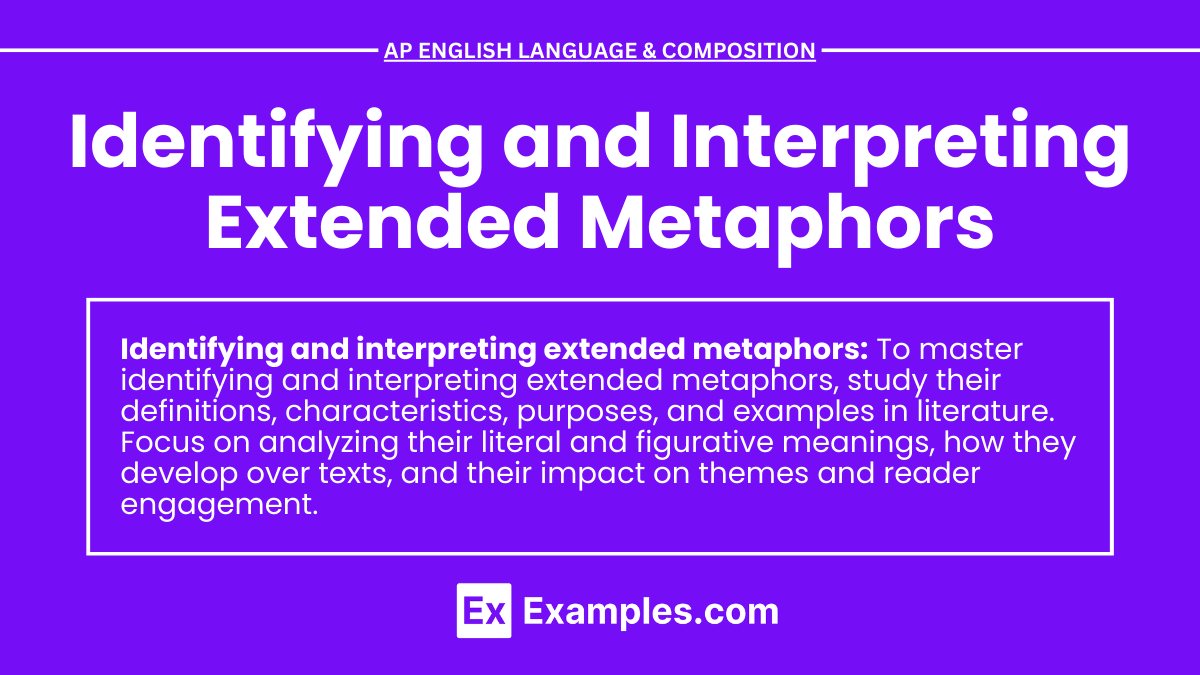In AP English Language and Composition, understanding the types of comparisons in poetry—including personification and allusion—is essential for crafting effective rhetorical sentences and detailed cumulative sentences. These techniques enhance both argumentative speech and argumentative writing by creating vivid imagery and deepening the thematic content of the text. Mastering these comparisons allows students to develop insightful analyses and articulate their arguments persuasively, enriching their overall communication skills and textual interpretation.
Learning Objectives
The learning objectives for mastering types of comparisons in poetry—including personification and allusion—in AP English Language and Composition include the ability to construct detailed cumulative sentences, write clear explanatory essays, and compose insightful expository essays. Students will learn to craft precise rhetorical sentences, develop coherent final thesis statements, and apply critical thinking to analyze and interpret the use of comparisons, connecting these techniques to broader themes and arguments in their writing.
Definition
An extended metaphor is a comparison between two unlike things that continues throughout a series of sentences in a paragraph or lines in a poem. It can span an entire work, providing a deep, sustained analogy.
Characteristics

- Length and Depth: Unlike a simple metaphor, an extended metaphor unfolds over multiple lines or paragraphs, providing a more detailed and nuanced comparison.
- Integration: The metaphor is woven into the fabric of the text, often influencing the narrative or thematic structure.
- Complexity: Extended metaphors can incorporate multiple facets of the two compared elements, offering rich layers of meaning.
Purpose

- Clarification: Helps clarify complex ideas by relating them to more familiar concepts.
- Engagement: Engages readers by providing a vivid, continuous image that enhances understanding and retention.
- Thematic Unity: Reinforces themes and motifs, making them more cohesive and impactful.
Identifying Extended Metaphors

- Initial Metaphor: Identify the initial metaphor that introduces the comparison.
- Development: Look for how this comparison is developed and expanded upon throughout the text.
- Consistency: Check for consistency in the imagery and language that aligns with the initial metaphor.
Analyzing Extended Metaphors

- Literal and Figurative Levels: Examine both the literal and figurative meanings of the comparison.
- Impact on Theme: Analyze how the extended metaphor reinforces or enhances the theme of the work.
- Reader’s Response: Consider the emotional and intellectual response the extended metaphor elicits from the reader.
Examples
William Shakespeare’s “As You Like It”:
- Extended Metaphor: “All the world’s a stage, And all the men and women merely players; They have their exits and their entrances; And one man in his time plays many parts.”
- Interpretation: Compares life to a play, suggesting that people are actors with roles that change over time, emphasizing the transitory nature of human existence.
Emily Dickinson’s “Hope is the thing with feathers”:
- Extended Metaphor: “Hope is the thing with feathers That perches in the soul, And sings the tune without the words, And never stops at all.”
- Interpretation: Compares hope to a bird, highlighting its persistent and uplifting nature, always present within the human soul regardless of circumstances.
Writing Techniques:
- Consistent Imagery: Use consistent imagery related to the metaphor throughout the text to maintain the comparison.
- Layered Meanings: Develop multiple layers of meaning by exploring different aspects of the compared elements.
- Structural Integration: Integrate the metaphor into the structure of the text, making it an essential part of the narrative or argument.
Rhetorical Analysis:
- Style: Examine the stylistic choices, including diction and syntax, that support the extended metaphor.
- Tone: Consider how the tone of the text is influenced by the metaphor.
- Imagery: Analyze the imagery used to develop the metaphor and how it enhances the reader’s understanding.


